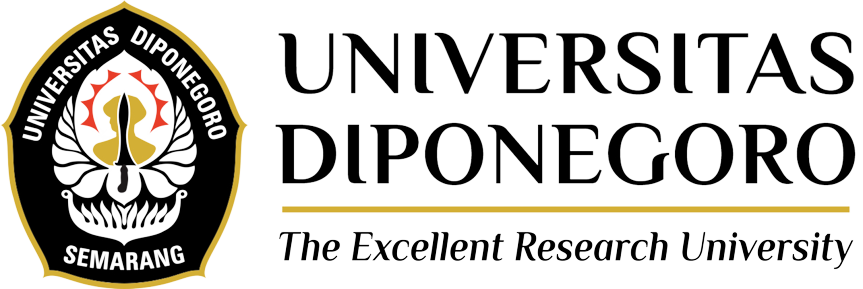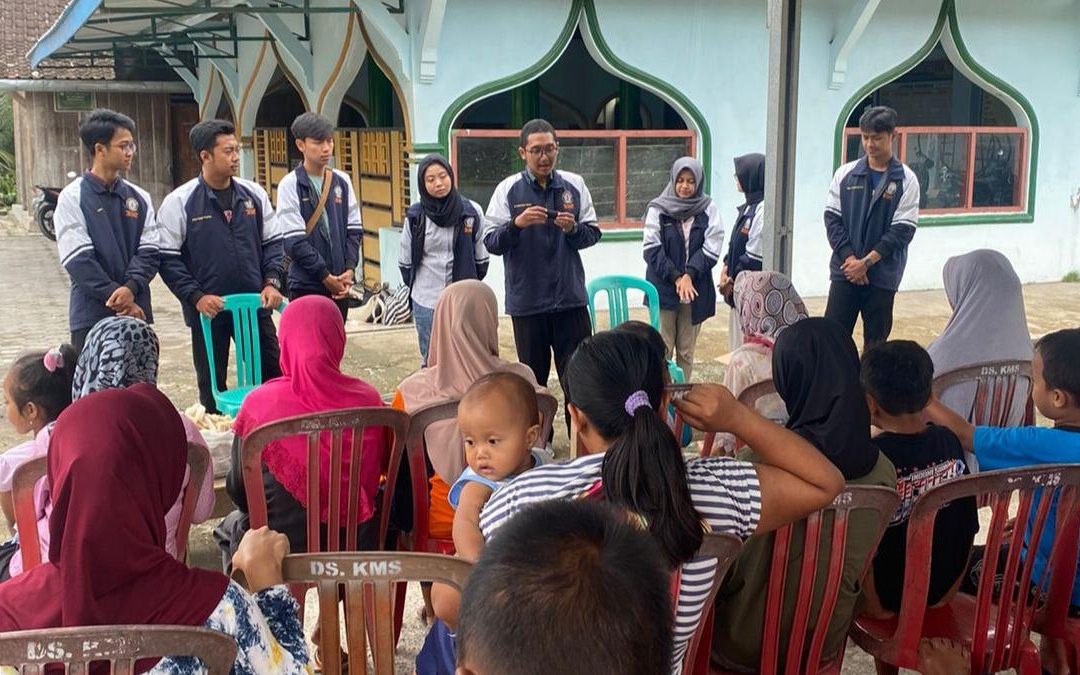Boyolali-Central Java (28/01). Corn is one of the main commodities in Indonesia, including in Kemusu Sub-District, Boyolali Regency. In general, corn is only used for the seeds by the community, leaving waste in the form of cobs. The corn cob tends to just be thrown away. Of course this causes the accumulation of organic waste in the environment around Kemusu Village.
Based on a survey of corn cob waste that was conducted by Diponegoro University Community Service Team I students in 2022/2023 who were deployed to around Kemusu Village, it was found that a lot of corn cobs had piled up and were left or simply burned.
Based on this, Diponegoro University Community Service Team I students tried to educate the public about how to process corn cob waste into briquettes as an alternative, environmentally friendly energy source that has economic value.
Briquettes are a block of combustible material used as fuel to start and maintain a flame. The most commonly used briquettes are coal briquettes, charcoal briquettes, peat briquettes and biomass briquettes. Briquettes are usually used in large-scale industry, home industry, restaurants, to the household sector and others. Briquettes function as solid fuel which is an alternative fuel that can be used in industry, home industry, restaurants, households and others. When compared to fuel oil, briquettes have many advantages such as more efficient use, and are economical, safe and environmentally friendly.
This program started by searching for unused corn cob waste around the village and buying pipes for briquette molding. Before carrying out a demonstration of making briquettes to the residents of Ngrombo Sub-Village, Undip students team first conducted a trial at the community service post to reduce the risk of failing to make briquettes during the demonstration.
Making briquettes begins by drying the corn cobs to dry for about 2 days. After the corn cobs are dry, they are then put into an iron barrel to be burned. The corn cob is burned using kerosene until it turns black but does not turn to ashes. After finishing burning the cob, let it sit until it is not hot, then pound it using a pounder until smooth. After that, filtering is done so that the particle size is the same and easy to print. While sifting the corn cob crumbs, cook starch mixed with water until it thickens, then mix the fine corn cobs with the starch mixture in a ratio of 2:1 and then mold the mixture with pipes which have been cut into 5 cm pieces. After printing, the briquettes are dried in the sun for 3 days to remove the moisture content still contained in the briquettes. After the briquettes are dry, try burning one of the samples with the expected results.
Five days before the implementation of the work program, Undip students team discussed with the secretary and the head of the sub-village in Kemusu village to plan the location and hours when the work program was implemented. In addition, they also asked the heads of sub-villages for assistance in conveying information on work program activities to residents in their areas. The students also made friendly visits to the heads of farmer groups to encourage their members to attend the program. Finally, they made contact with the Chairman of DKM of the Baitul Izza Mosque to ask for a place permit in the mosque’s yard to carry out the work program.
The process of making briquettes from corn cobs was carried out on Saturday, January 28, 2023 at 10.00 – 12.00 WIB in the yard of the Baitul Izza Mosque. The Community Service Team consists of Muhammad Rizkivano Akbar, Vicky Gunawan Dianita Ekaputri, Muhammad Bagas Yunianto, Muhammad Raihan Nur Zaky, Silvia Enka Nirmalasari, Rizky Kurniawan Riyadi Putra, Achmad Maulana Arsyad Inamullah, Afwa Yasyfa Azzahra, Nabiila Aulia Az’zahra, and Putra Bagus Septiadi. This activity was attended by 20 participants from Kemusu residents, the majority of whom are farm labourer. During the demonstration we explained about briquettes and their benefits, then continued with practicing how to make briquettes according to what our team had tried before. We also showed the briquettes that managed to burn like charcoal to the residents. According to one of the residents who came, this activity was very useful and broadened their horizons in utilizing corn waste and turning it into economic value for a side business. (KKN team ed. As-Public Relations)

